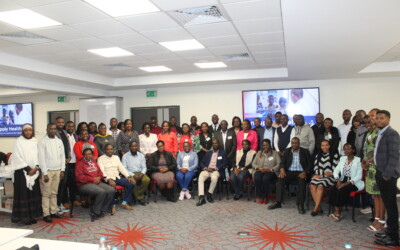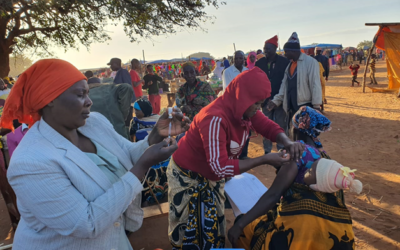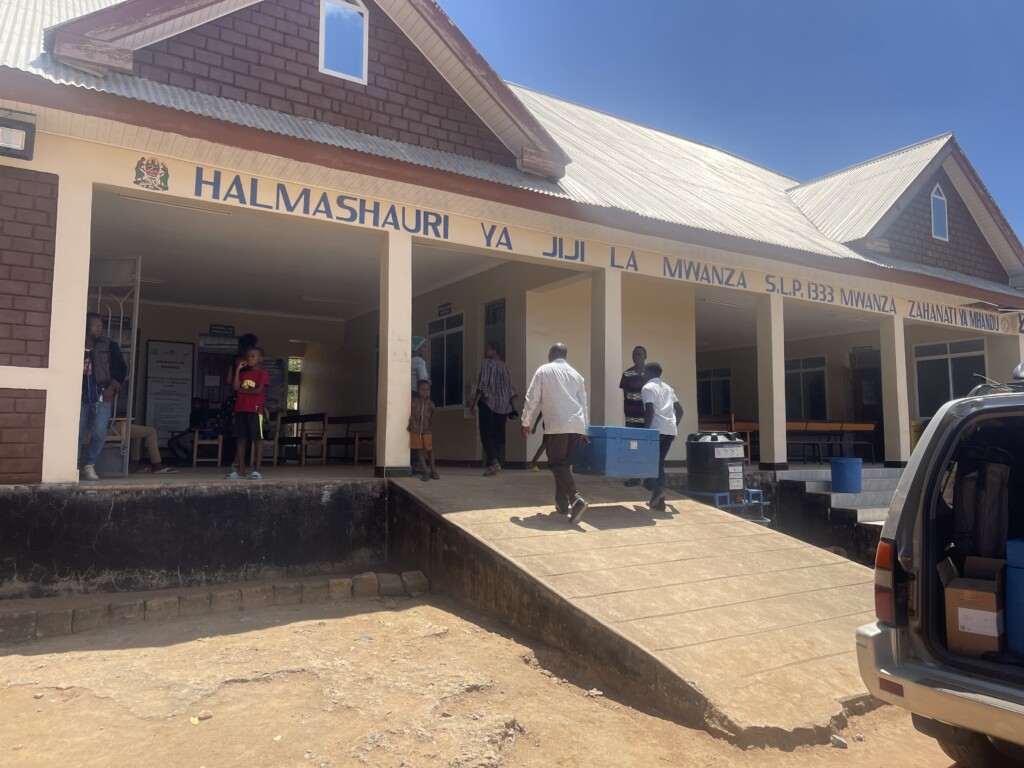
The journey from vaccine manufacturing to patient inoculation is a critical pathway where even minor temperature fluctuations can compromise vaccine potency. To address vaccine temperature challenges during distribution, the Vaccine Transportation Temperature Monitoring (Trek) project embarked on a pilot study in Tanzania to explore the use of routine temperature monitoring devices to safeguard vaccine potency during distribution.
Implemented by JSI, inSupply Health, Nexleaf Analytics, and the Tanzania Ministry of Health through the Immunization and Vaccine Development Program (IVD), the Trek project sought to improve vaccine transportation through the use of Bluetooth-enabled data-logging devices. We delve into the lessons and findings from the pilot study, highlighting the significance of routine temperature monitoring in vaccine distribution and the immense potential of this technology.
One vital aspect of vaccine distribution is ensuring the potency and effectiveness of the life-saving doses throughout the supply chain. At its core, the Trek project looked at the use of technology to mitigate one of the most pressing issues in vaccine distribution: temperature variability. To address this concern, the project introduced Trek devices—Bluetooth-enabled data loggers—into the distribution process. These devices, working seamlessly with an Android Cold Trace mobile application, provide real-time monitoring and recording of temperature and location data throughout the journey. By providing a continuous stream of data, the Trek devices equip stakeholders with the tools to make informed decisions in real time, ensuring that vaccines are maintained at optimal temperatures during their journey from the central store to their final destination.
The pilot phase of the project covered 10 strategically chosen districts within Tanzania, which encompassed four districts drawn from the Mwanza region and six from the Geita region. The selection process for these pilot districts considered various factors, including the representation of urban-rural settings, the inclusion of hard-to-reach facilities, the presence of islands within the regions, the need for alternative transportation methods such as boats, and the existence of IMPACT Teams (IT) responsible for regular cold chain data review at both the district and regional levels.
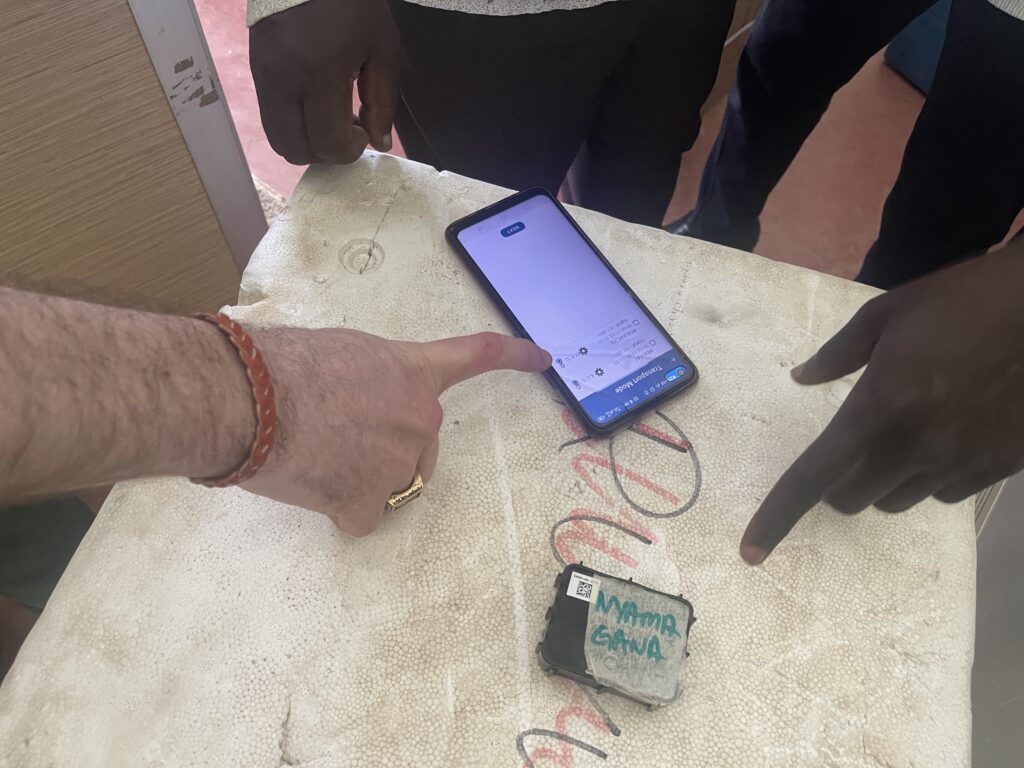
The Pilot phase revealed a range of challenges, achievements, and insights, underscoring the necessity of continuous improvement in vaccine distribution systems. At the outset, the Android Cold Trace mobile application experienced repeated crashes during vaccine transportation, posing a risk to the monitoring process. This issue prompted an application update, ensuring a smoother and more uninterrupted data collection process. Battery drainage emerged as another issue, which was driven by the Bluetooth connectivity between Trek devices and the Android Cold Trace mobile application. This posed the risk of incomplete data collection during longer transportation journeys. The project team, in collaboration with vaccine officers, devised strategies such as disabling non-essential applications and introduced an updated Trek device using Bluetooth Low Energy Version 5, which contributed to longer battery life. Furthermore, inefficient vaccine packing practices prompted the Ministry of Health and its partners to revise the Standard Operating Procedure for packing vaccines, ensuring adherence to temperature guidelines.
In the face of these challenges, the pilot phase achieved several milestones that underscore the viability of the Trek project’s approach. Vaccine officers expressed high levels of satisfaction with the Trek devices, particularly highlighting their confidence in the temperature monitoring feature. The real-time alerts proved instrumental in making informed decisions during distribution, such as exchanging cooling packs to maintain optimal conditions. Moreover, the data generated by Trek devices provided essential information for planning distribution trips, optimizing resource allocation, and fostering accountability among stakeholders. All this success is rooted in collaboration and knowledge sharing facilitated through a WhatsApp group that cultivated a vibrant community of practice. At that, incorporating Trek data into the agenda of IMPACT team meetings enhanced the collaborative framework that ensured insights drawn from Trek data could be immediately translated into actionable measures, further enhancing the efficiency of vaccine distribution practices.
The Trek project’s pilot phase demonstrates the significance of routine temperature monitoring in vaccine distribution. Its success can be attributed to a blend of technological enhancements, stakeholder collaboration, and a culture of data-driven decision-making. This project highlights the adaptability of existing distribution systems to innovative technologies, offering lessons that extend beyond vaccine distribution to other fields. The Trek project presents a model for the gradual incorporation of technology into established systems, emphasizing the role of continuous improvement, shared learning, and strategic partnerships in driving positive outcomes. As we navigate the complexities of vaccine distribution, initiatives like Trek pave the way for a future where innovation and data converge to safeguard public health.
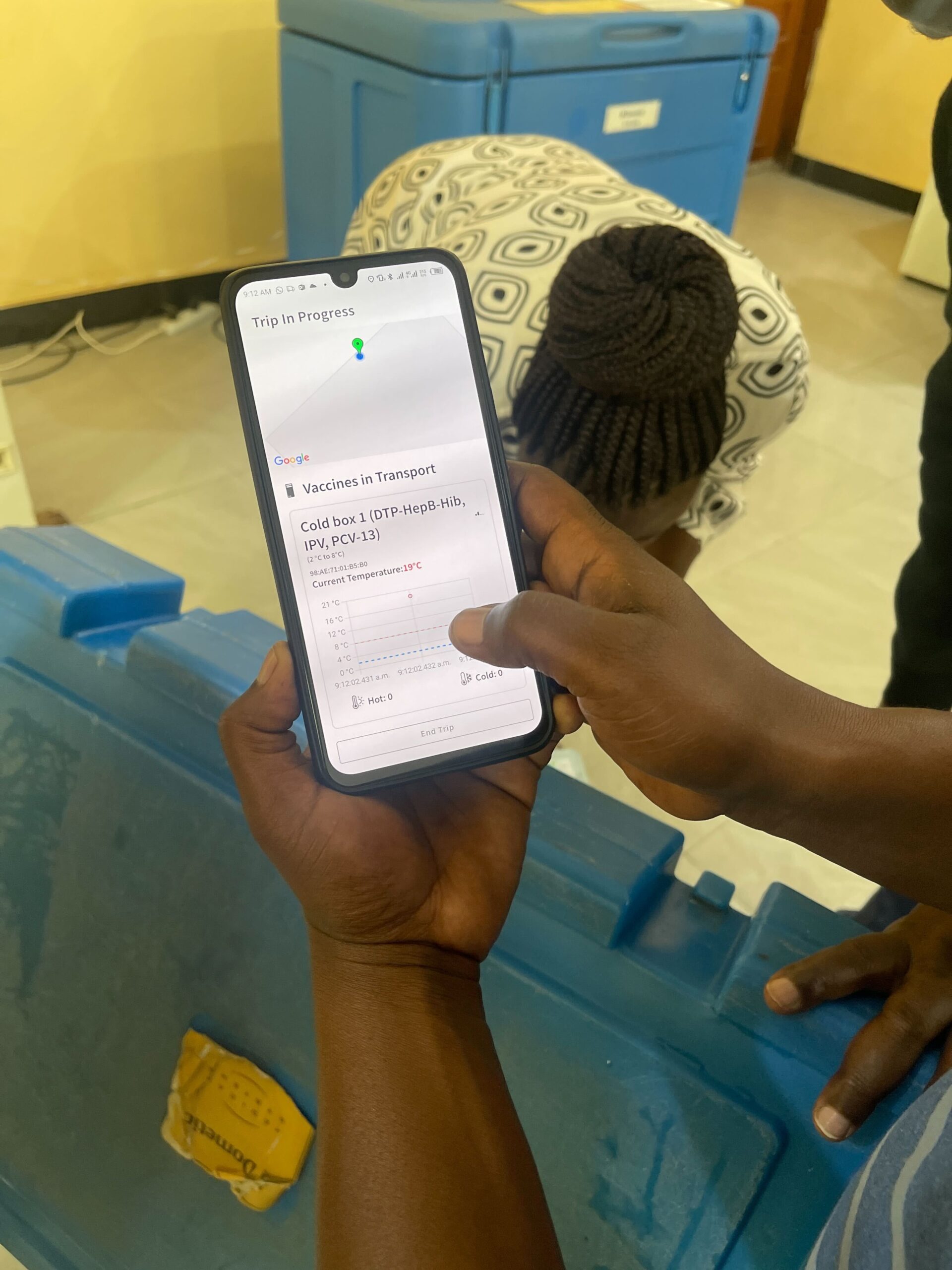
The Android Cold Trace mobile application showing real-time monitoring and recording of temperature and location data.
